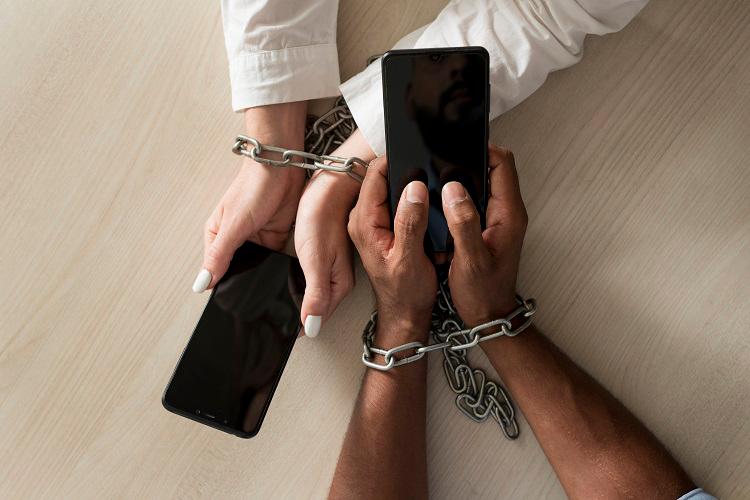THE average person touches their mobile phone 2,617 times per day, revealed findings by research company Dscout. This research was from eight years ago and the number has most certainly increased with everything that has happened over the last few years.
That familiar urge to constantly check our devices is undeniable but breaking free from “phone addiction” does not require a dramatic lifestyle overhaul. Here are some relatively simple and practical steps that can be taken to reduce screen time without feeling disconnected.
Start with each morning
How the day is started sets the tone for how you interact with your phone for the rest of the day. Instead of immediately reaching for your device the moment you wake up, try waiting 30 minutes before doing anything that leads to you hanging on the phone.
As most would grab their phones at the start of the day to turn off the alarm, try using an old-fashioned alarm clock instead. It would eliminate the alarm excuse. Many former phone addicts reported this simple change dramatically improved their morning routine and overall mood.

Create phone-free zones
Designate specific areas in your home as no-phone zones, particularly starting with the dinner table and bathroom. Place a small basket or box in these areas where you can temporarily deposit your phone.
Many people find having a physical placeholder for their device makes the habit easier to maintain. The bedroom is another crucial zone – try charging your phone in another room overnight.
Built-in tools
Most smartphones have features designed to help reduce screen time and use it less. If for some reason your phone does not have it, there are first and third-party screen time tracking apps that show exactly how many hours you spend on different applications.
On these apps, you can set app limits for social media – start with just 30 minutes less than your current average. Additionally, enable grayscale mode on your phone as the lack of colourful notifications makes your device significantly less appealing.
Power of distance
Physical distance from your phone can break the automatic reach-and-check habit. While working, place your phone behind your laptop or computer or in a nearby drawer. During meals, put it on a shelf across the room.
Self-enforcing these small barriers can significantly reduce the mindless checking we tend to do.

Reclaim transition moments
Pay attention and you will notice that most of the time you reach for your phone tends to be during “in-between” moments, such as standing in a line, waiting for something or during random breaks.
These transition periods are perfect opportunities to practise being present. Try people-watching, deep breathing or simply enjoying a moment of quiet.
Timing check-in times
Rather than responding to every notification instantly, set specific times and the duration to check your phone. For instance, three daily check-ins – morning, afternoon and evening – are often enough for the average person.
Let friends, family and clingy partners know about this new schedule so they will not worry if you do not respond immediately.
Social affair
Turn your digital detox into a group activity. Humans tend to be competitive whether they realise it or not – so, challenge friends or family to a phone-free dinner or weekend morning.
Having accountability partners makes the process more enjoyable and sustainable. Some people even turn it into a game. Have the first person to check their phone pay for a family dinner or get a round of drinks for friends.
Taking into account how smartphones are embedded into the modern human’s every day, the goal with a digital detox is not to eliminate phone usage entirely but to foster a healthier relationship with technology.
By reducing phone dependency, you will likely notice gaining improved focus, better sleep and more meaningful connections.









